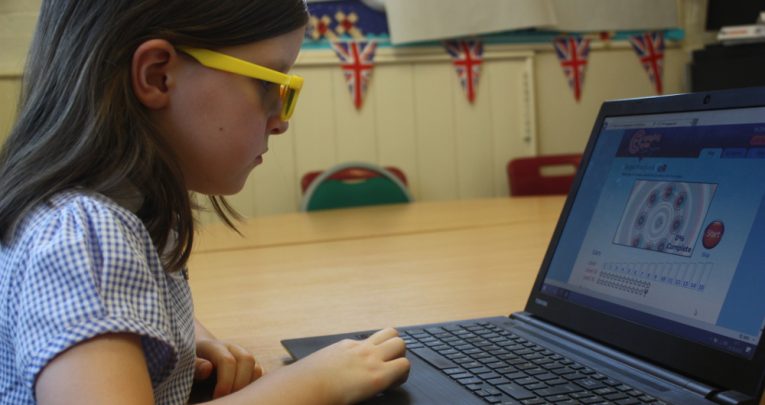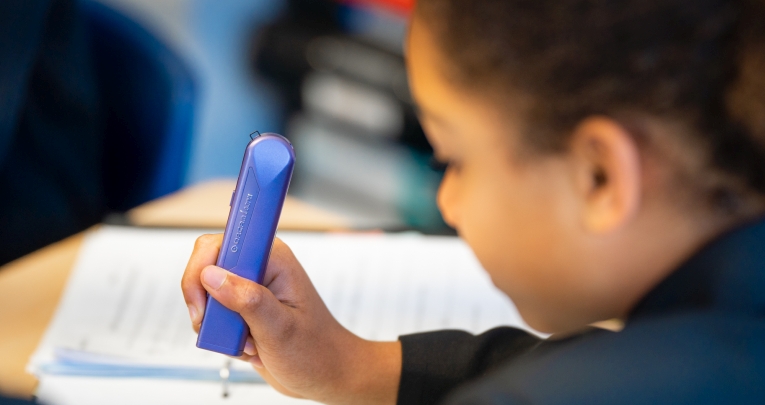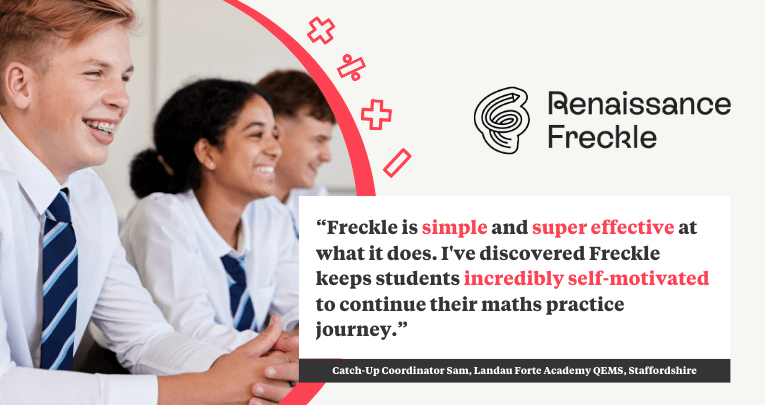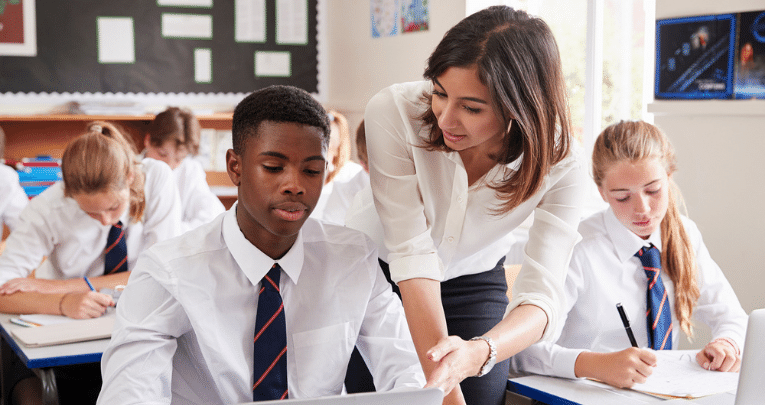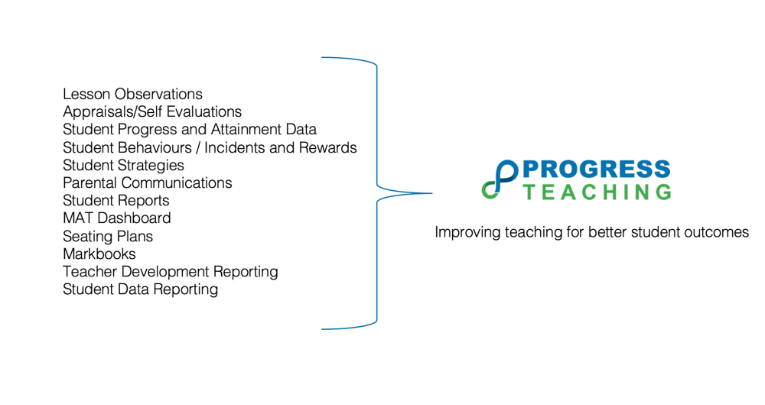Tell us about the problem struggling readers have. Our study found 98% of struggling readers have difficulty sustaining convergence. Convergence is the ability to focus both eyes on the same point. We need to sustain convergence the entire time we read to see the print clearly.
That’s incredible. Why has this gone unnoticed? Because this is actually the first study measuring children’s ability to sustain convergence. Other studies have measured if children can converge their eyes, but not if they can sustain it. Opticians don’t test for this, so unless you know about it, it can go undetected.
Does this mean struggling readers can’t focus their eyes? Not exactly. When children with poor convergence read, each eye looks at a different letter. This makes words look blurry, or gives the impression that letters are moving, as the brain alternates which image it uses. It also creates tracking problems because their eyes wobble when they read.
A good reader looks at around 150 points per minute when reading, but these struggling readers look at around 1,000 points per minute. Even worse, most of the time they’re looking at the wrong word.
How would I know if a pupil has a convergence problem? As well as finding reading hard they might reverse ‘b’s and ‘d’s, and skip words and lines when they read. Reading might make them tired or give them sore eyes. They will probably read slowly as they try to make sense of what they are reading.
They might also refuse to read out loud to cover up their problems. 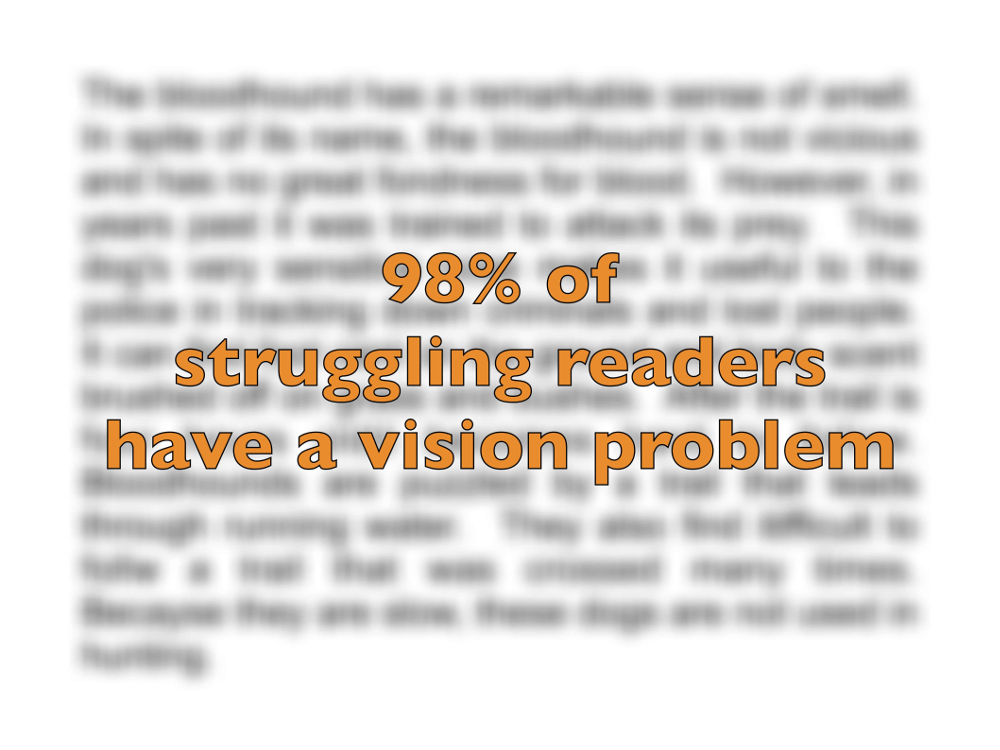 That’s interesting. Is there anything else I would notice? Yes. Pupils with poor convergence will find spelling hard. They don’t see every letter clearly when they read, so they won’t be able to visualise the word later to remember the order of letters.
That’s interesting. Is there anything else I would notice? Yes. Pupils with poor convergence will find spelling hard. They don’t see every letter clearly when they read, so they won’t be able to visualise the word later to remember the order of letters.
Comprehension is also difficult. Their brain spends so much energy deciphering Awhat they’ve seen, there’s very little processing power left to remember or understand it. You may also notice they have difficulty copying from the board or catching a ball.
What can be done to help? We’ve developed the only vision training intervention specifically to address this issue. Our Engaging Eyes program uses 3D computer games to train children’s eyes to easily sustain convergence and track across the page.
Each pupil plays for 10 minutes per day, and the beauty of Engaging Eyes is how easy it is to use in school. Pupils can work independently or a teaching assistant can supervise a large group.
How much progress do pupils make? It varies, but the results can be amazing, as the following testimonials show:
“Reading age improved by an average of 13 months after playing Engaging Eyes for one term – and reading speed improved by 45%”
– SENCo, Pixmore Junior School, Herts
“Reading improved significantly after playing Engaging Eyes. Even better, our weakest pupils made the most progress.”
– SENCo, St Ninian’s Primary School, Edinburgh
What’s most impressive about these results is that all pupils made progress. At St Ninian’s, a 10-year-old with a reading age of 5y 6m made 17 months’ progress.
To find out more, call 01895 546 254, email info@dyslexiagold.co.uk or visit dyslexiagold.co.uk/schools/visionproblems.





